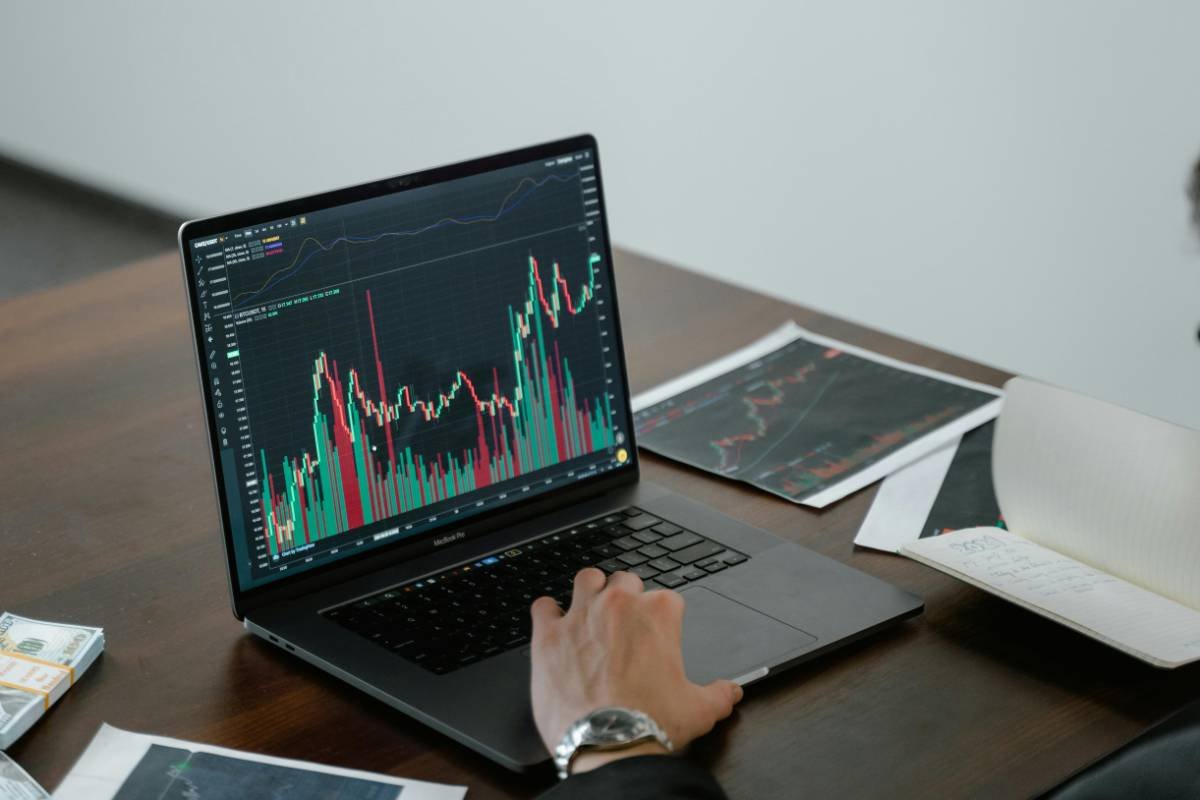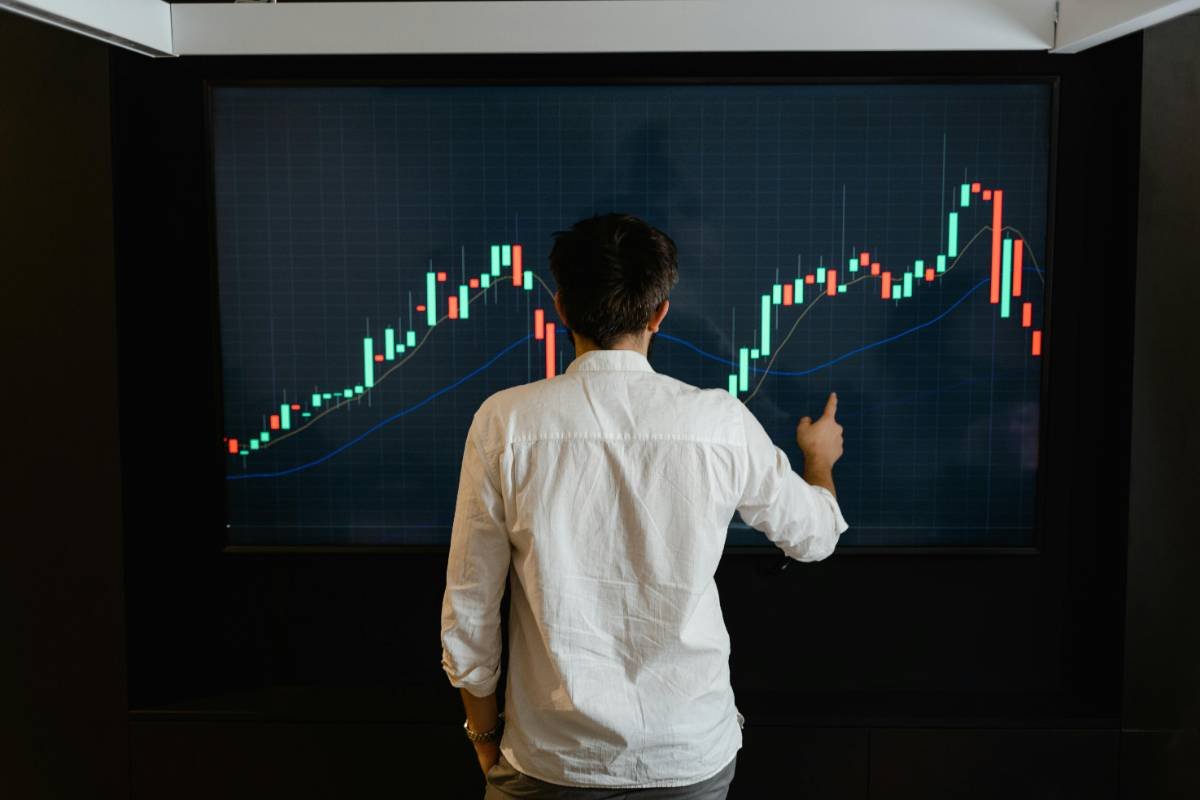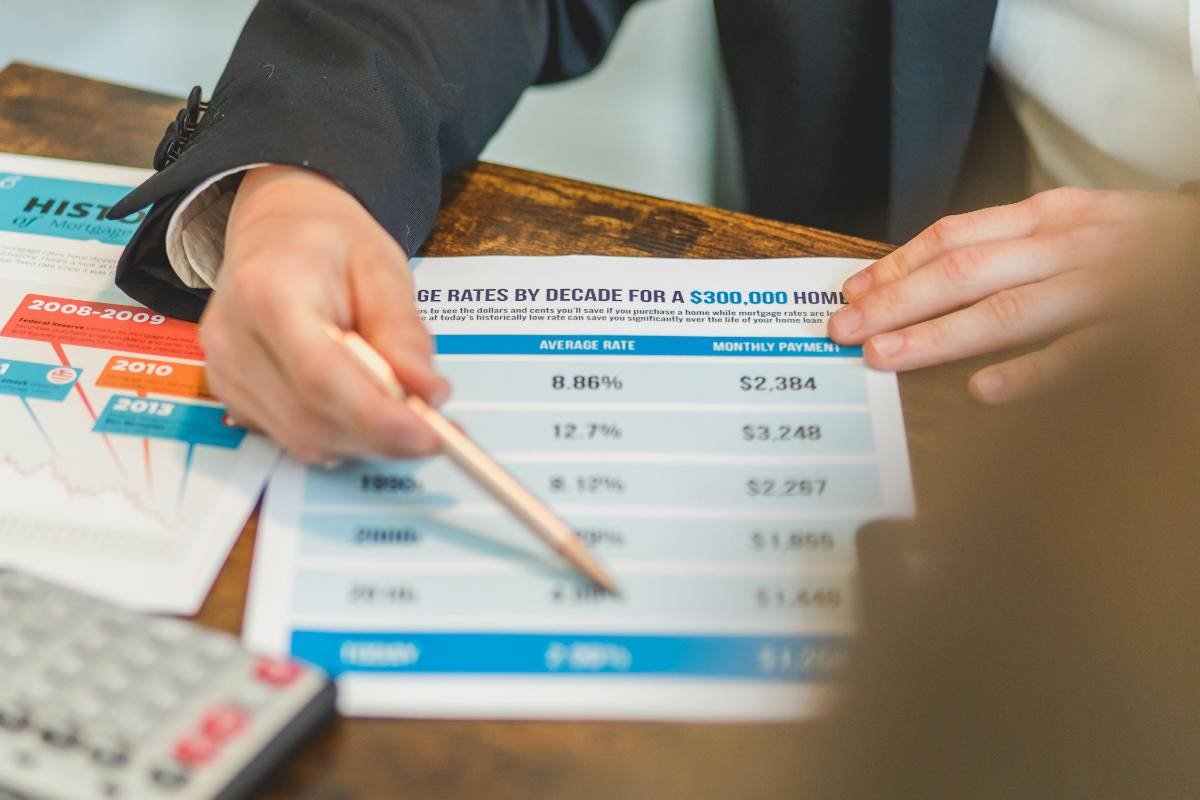
Pre-Market and After-Hours Trading: Opportunities and Risks
 By Anita Singh
By Anita SinghPre-market and after-hours trading extend beyond standard market hours, offering traders additional opportunities. However, these sessions come with unique risks and challenges that investors should understand.
What is Pre-Market and After-Hours Trading?
Pre-market trading occurs before the official opening of the stock market, while after-hours trading happens after the market closes. These sessions allow investors to react to earnings reports, economic data, and global events.
Opportunities in Extended Trading
1. Reacting to News: Investors can respond quickly to breaking news and earnings announcements before the market opens.
2. Price Movements: Stocks often experience significant price movements due to lower trading volumes, creating opportunities for profit.
3. Institutional Trading: Large institutional investors often trade during these hours, influencing market trends before regular hours begin.
Risks and Challenges
1. Low Liquidity: Fewer participants mean lower liquidity, leading to wider bid-ask spreads and increased volatility.
2. Higher Volatility: Sudden price swings are common, making it riskier for individual traders.
3. Limited Order Execution: Not all brokers offer extended-hours trading, and orders may not always be executed at desired prices.
Best Practices for Trading in Extended Hours
1. Use Limit Orders: Limit orders help control execution prices and reduce risks associated with price fluctuations.
2. Monitor Market News: Staying updated on news and earnings reports can help traders make informed decisions.
3. Understand Broker Policies: Each brokerage has different rules regarding pre-market and after-hours trading, so it's crucial to know the specifics before trading.
Conclusion
Pre-market and after-hours trading provide traders with additional opportunities but also pose significant risks. Understanding market conditions, liquidity, and volatility is essential for making informed trading decisions.



